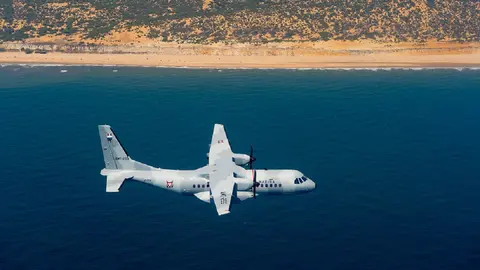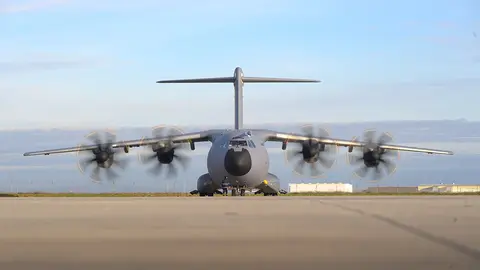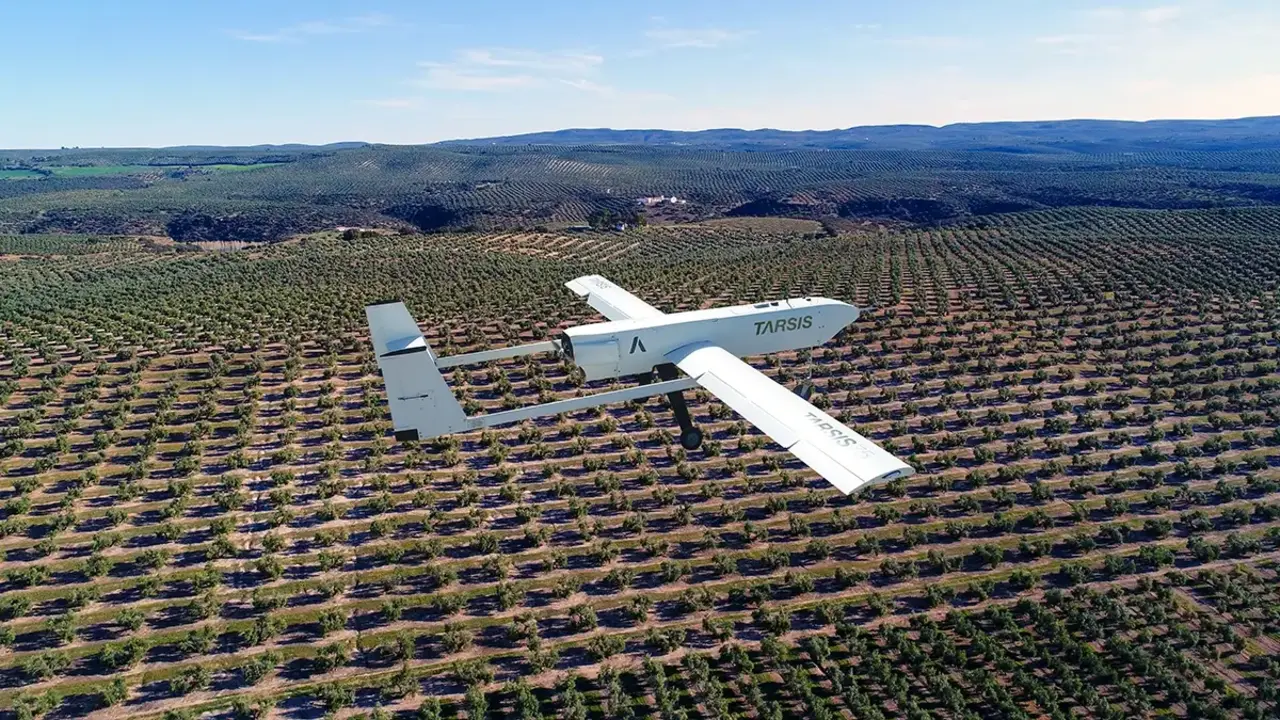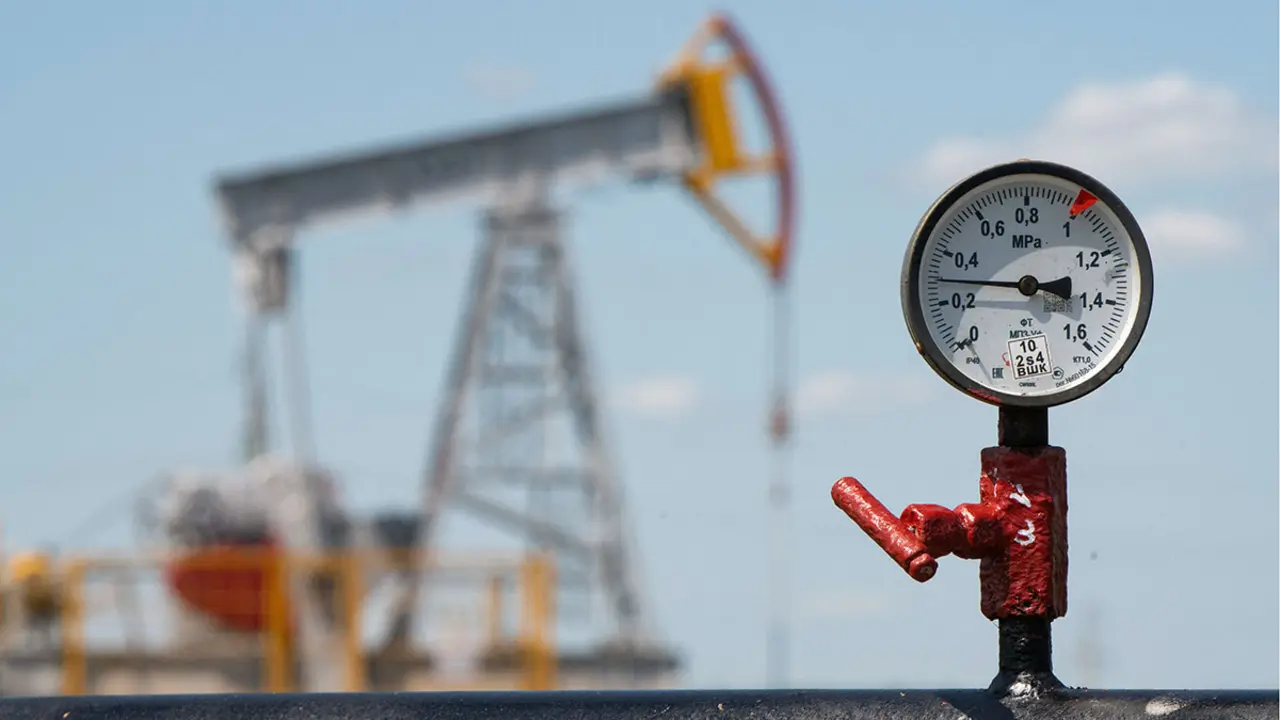Airbus C295, the multi-role aircraft being purchased by more and more governments every day
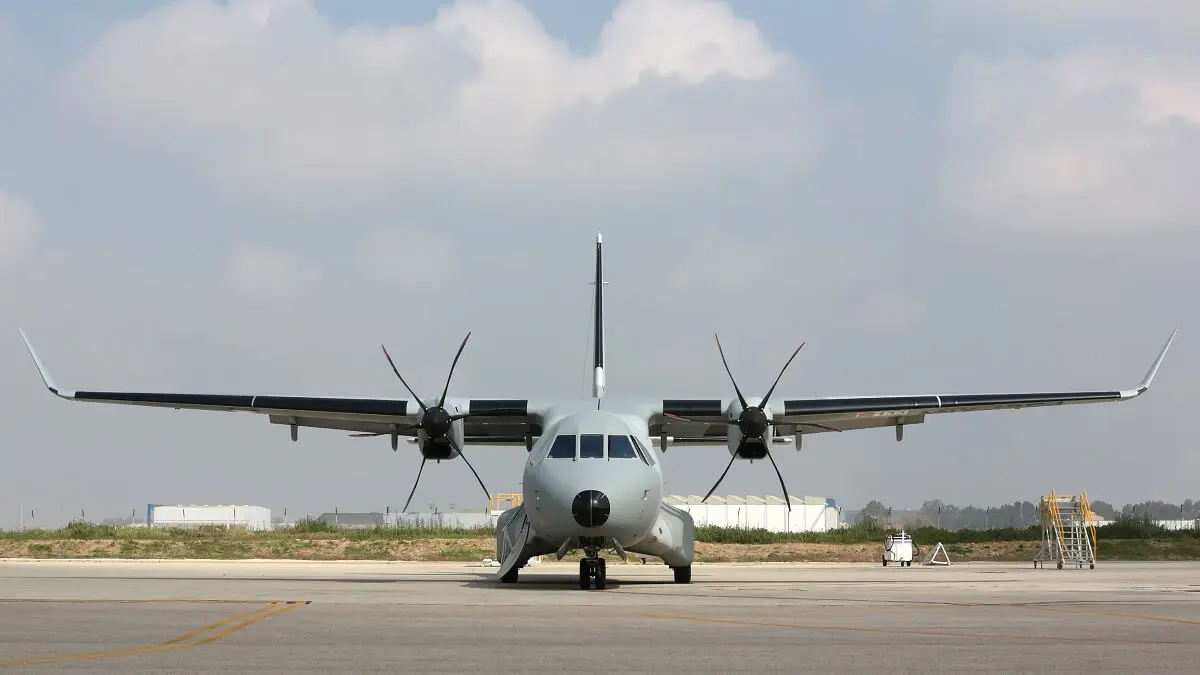
It is one of the most sought-after military aircraft by governments around the world, not only to reinforce their defence surveillance work, but also for its patrolling skills and its disaster rescue qualities. The C295 is an aircraft that already has a track record and is here to stay.
Last June, Amparo Valcarce, Secretary of State for Defence, announced that Spain had approved the purchase of 16 C295 surveillance and maritime patrol aircraft for 1.73 billion euros.
These aircraft will be destined for the air and space forces: "In two versions, for maritime surveillance (MSA), with ten units, and for maritime patrol, with six units".
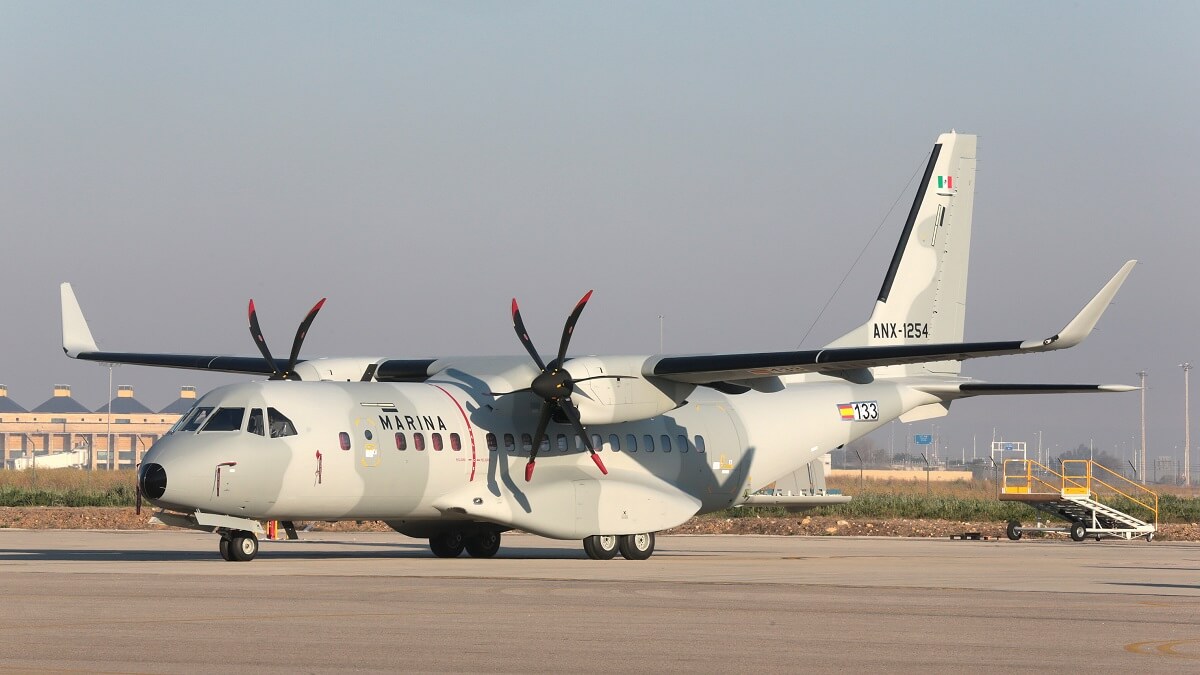
But what makes the C295 so attractive to be one of Airbus Defence and Space's most ordered aircraft? We spoke exclusively to Fernando Ciria, Marketing Director for Surveillance and Tactical Transport Aircraft Solutions at Airbus Defence and Space.
"We have a range of aircraft, both military transport and surveillance. The C295 already has a history, a history that began in 1998. It is a twin-turboprop aircraft used for troop and cargo transport, parachute drops and also for rescue, humanitarian aid and medical evacuation work, as well as for surveillance missions thanks to a set of sensors, including a multi-mission radar for surveillance work," explains the executive.
The C295 is capable of carrying up to nine tonnes of payload (can displace up to 71 troops) at a cruise speed of 260 knots and has a retractable landing gear with a 12.69-metre long unobstructed pressurised cabin; and can cruise at altitudes up to 25,000 feet and has short take-off and landing performance on either paved or unpaved runways.
"The C295 is powered by two Pratt & Whitney Canada PW127G turboprop engines that provide excellent manoeuvrability, exceptional hot and high performance, with fuel consumption for very long endurance of up to 11 hours in the air," reports Airbus Defence and Space.
How many aircraft are in operation? More than 200 aircraft out of a total of 283 ordered. So versatile is this aircraft that it is known as a "workhorse" and so far, C295 operators have logged a total of 600,000 flight hours, in all types of environments.
Where has it been combat proven? The C295 has been deployed in different missions in Iraq, Afghanistan and Chad where two Spanish Air Force C295s flew for 11 months intensively with 180 flight hours per month. And it routinely operates in the Brazilian jungle, in the Colombian mountains and in the deserts of Algeria and Egypt, as well as in freezing climates from Finland, Poland and Kazakhstan.
These aircraft, Ciria recalls, are also in operation in countries such as Mexico: "They are aircraft that in particular are in operation with the Mexican Navy and Air Force on transport missions. The Navy also operates six CN235 maritime surveillance aircraft, which replaced the old CASA C212 fleet.
The Airbus executive points out that the C295 is the continuation of this family of aircraft that began operating in 2001 and the launch customer was Spain and is already present in 39 countries. "It is the most successful aircraft in its category.
"The operating fleet of the C295 aircraft in Latin America is made up of 41 units; the largest fleet is in Brazil, followed by Mexico, then Colombia, Chile and Ecuador," according to Ciria.
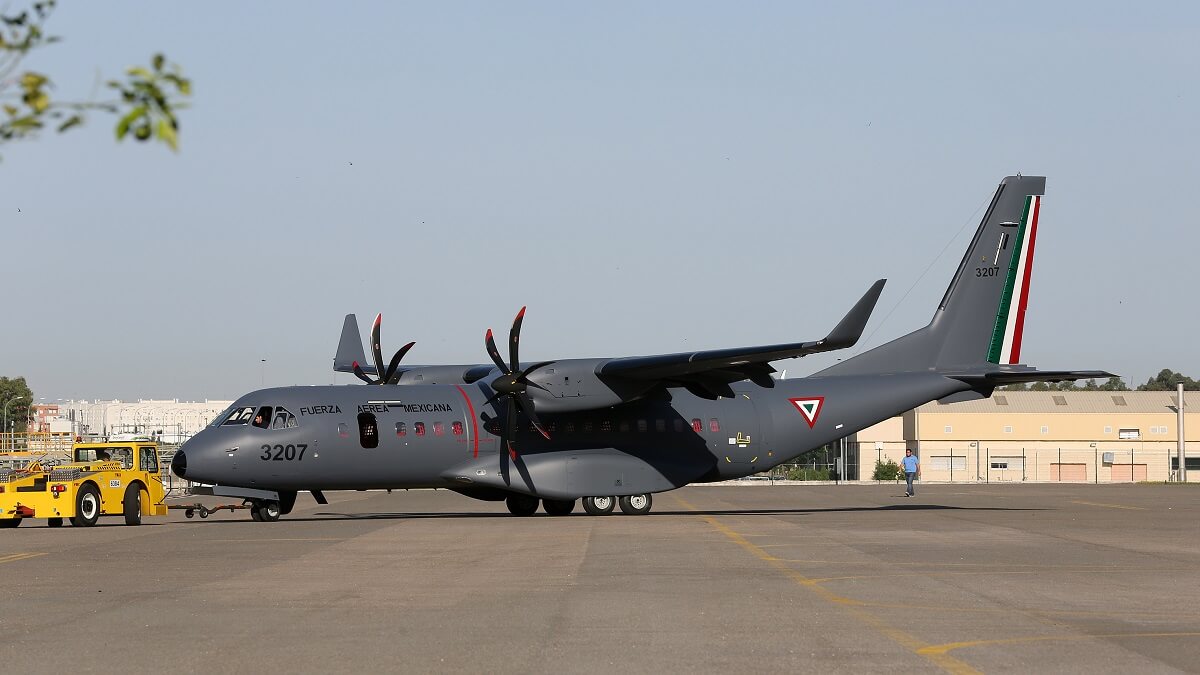
In the case of Mexico, how many C295s does it have?
There are 14 aircraft in operation, eight of which belong to the Mexican Air Force and six to the Navy.
One of the elements of this aircraft is that it has two turboprop engines, which makes it a mid-range aircraft that can be used for transport within the continent.
Ciria points out that one of the characteristics that makes it different from other types of products is that it has both military transport and surveillance versions.
"There are a significant number of countries that have acquired both transport and surveillance versions. The largest fleet of these surveillance aircraft is in Canada with 16 units, followed by Brazil with 12 transport aircraft and three surveillance aircraft; Oman has four and four; Saudi Arabia has three transport aircraft and one surveillance aircraft," Ciria points out.
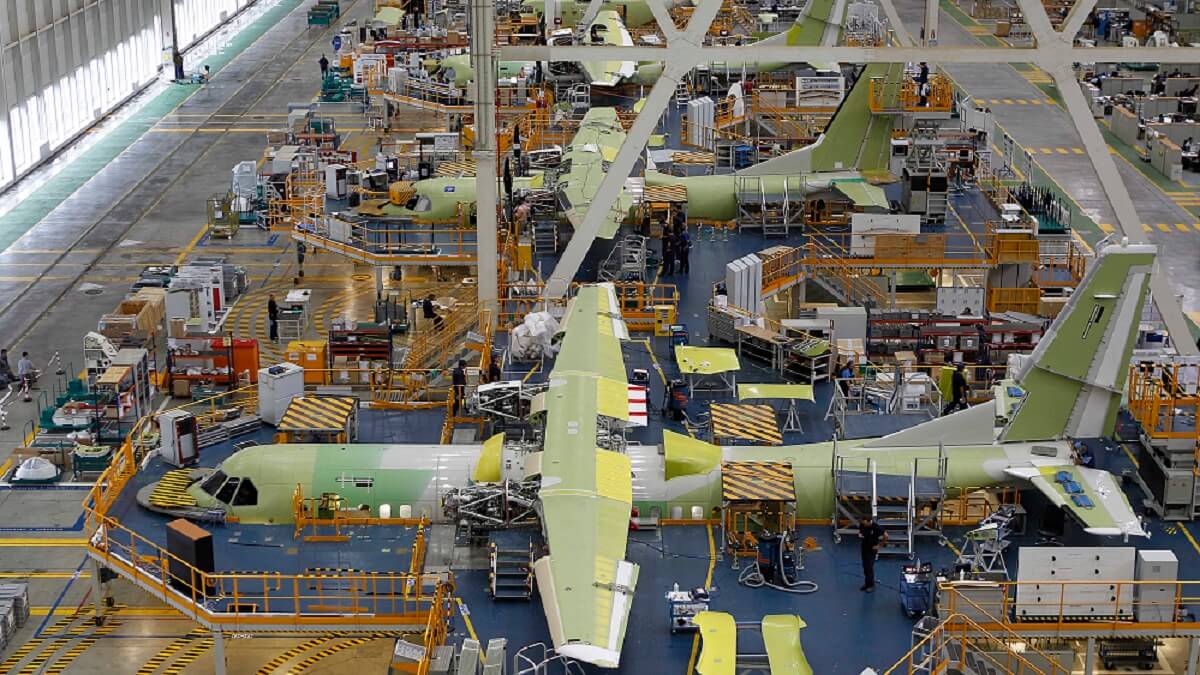
There are other countries, he adds, such as India, which has already received the first of 56 contracted units and will be the largest fleet in the near future; currently it is Egypt with 24 aircraft in operation. "But we also have multiple operators with one aircraft. That means it is a simple product that can be operated for large or small fleets; the cost of operation including low fuel consumption and maintenance is also a differentiator with our competition."
"The CN235, the smallest aircraft in the family, is in operation with the Mexican National Guard to transport people and equipment. It should be noted that when disasters strike, this type of aircraft is the only means of access to provide humanitarian support by air. And in the area of security, they also carry out missions for the navies and coastguards to control the exclusive economic zone; control fisheries; control oil extraction platforms in the Gulf of Mexico, for example, which require a level of knowledge of who is approaching in order to control and secure these installations," he points out.
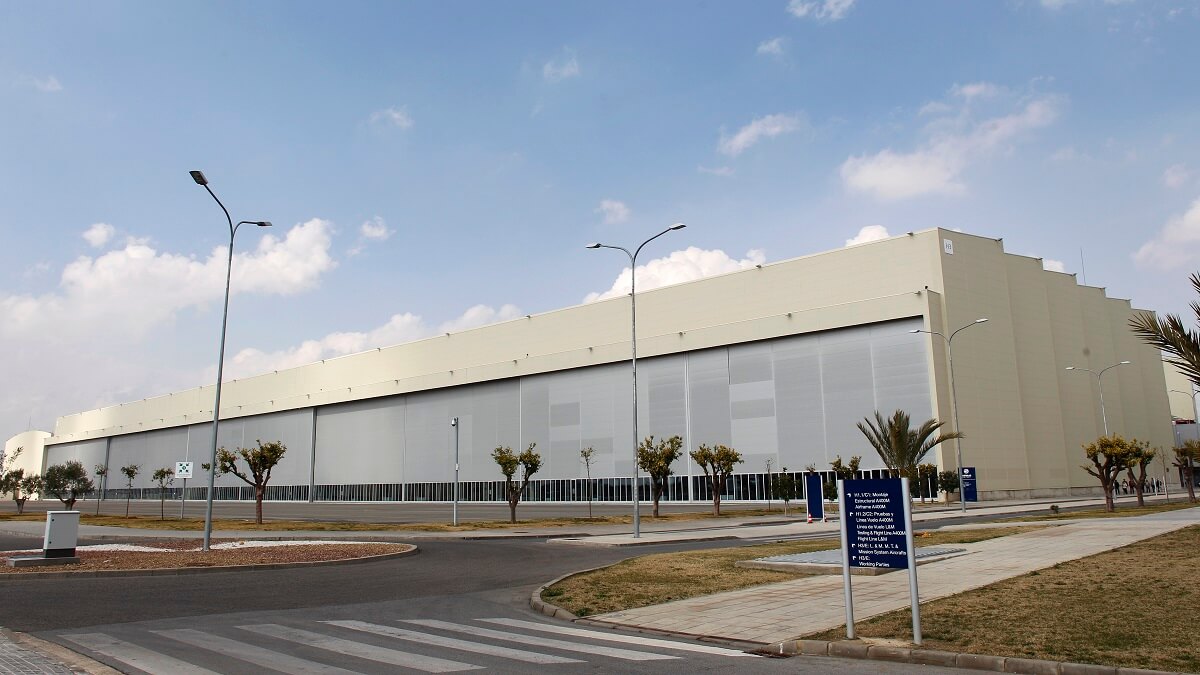
What is the lifespan of an Airbus C295?
Depending on the type of operations, let's say it is high, about 30 years, but in aviation there is no expiry date, no end date. Inspection and preventive maintenance means that aircraft are in operation for long periods of time.
With the current military and geopolitical tensions, which countries are buying the C295?
This year there have been several purchases: we are delivering aircraft to European countries such as Serbia, which is joining our community of operators, and we are repeatedly delivering aircraft to Kazakhstan, and we are expecting new contracts with the Spanish government soon to acquire maritime surveillance and patrol aircraft, which will replace aircraft that have already reached their operational life.
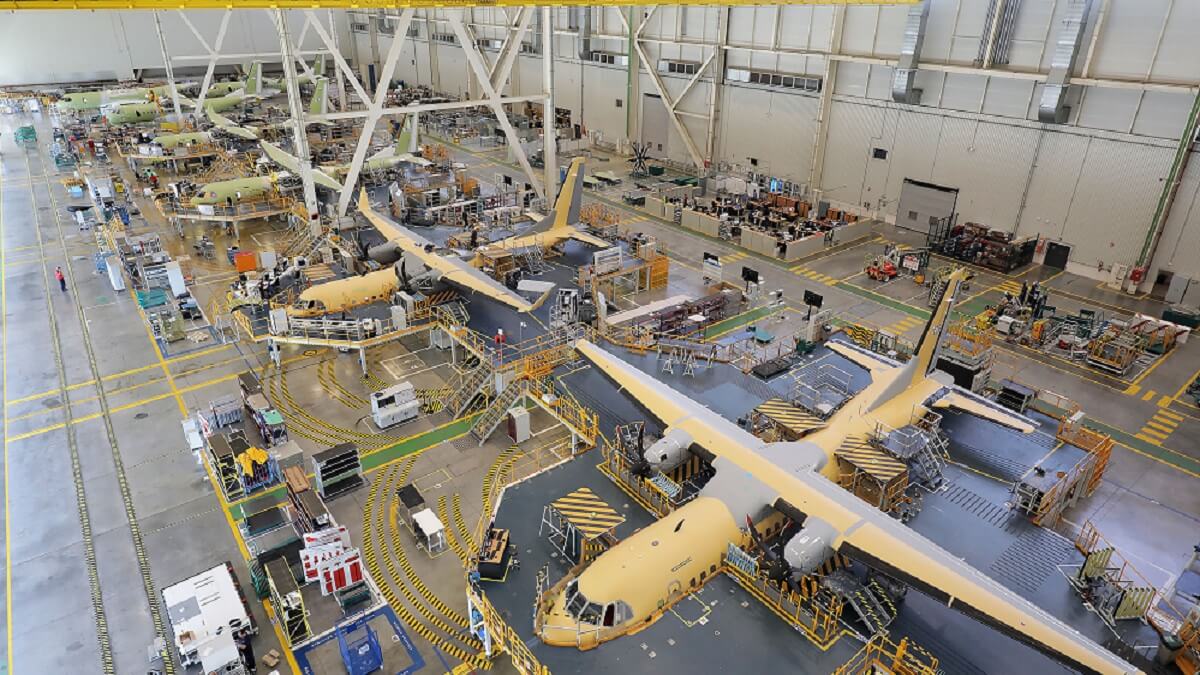
For Europe, with the current migration issue, these aircraft must be indispensable...
For the southern flank of Europe. The problem is that there are often several days and hours of crossing, the boats are overloaded and very close to sinking and all the passengers could die. The sooner we detect this situation, the sooner we will be able to coordinate, with other means such as surface or coastguard vessels, to help those people at risk.


